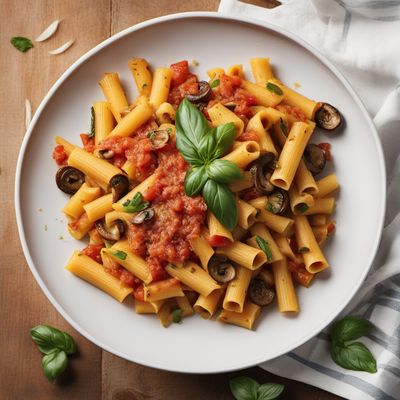
Dish
Rigatoni con la pajata
The dish is made by cooking the intestines of milk-fed veal in a tomato-based sauce until they become tender and creamy. The sauce is then served over rigatoni pasta. The dish has a rich, creamy flavor and a slightly sweet taste. It is a popular dish in Rome and is often served at traditional Roman restaurants.
Origins and history
The dish has its origins in the Roman countryside where it was a popular dish among farmers. It was traditionally made with the intestines of milk-fed veal, which were readily available on farms. The dish has since become a popular dish in Rome and is often served at traditional Roman restaurants.
Dietary considerations
Not suitable for vegetarians or those who do not eat veal.
Variations
There are no significant variations of this dish.
Presentation and garnishing
The dish is typically served in a large bowl with the sauce poured over the rigatoni pasta. It is often garnished with fresh parsley or grated Parmesan cheese.
Tips & Tricks
To make the dish creamier, add a splash of heavy cream to the sauce just before serving.
Side-dishes
The dish is often served with a side of crusty bread and a simple green salad.
Drink pairings
The dish pairs well with a full-bodied red wine such as Chianti or Barolo.
Delicious Rigatoni con la pajata recipes
More dishes from this category... Browse all »
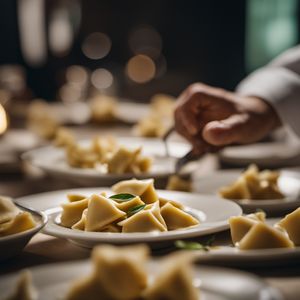
Agnolotti
Italian cuisine

Agnolotti del plin
Italian cuisine

Ají de fideos
Peruvian cuisine

Amatriciana
Italian cuisine
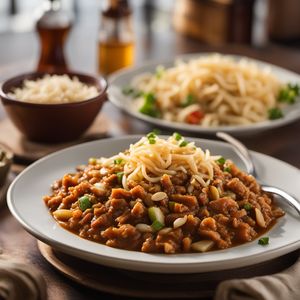
American Chop Suey
American cuisine
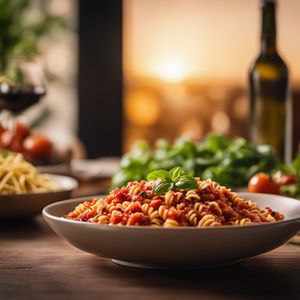
Anellini alla pecorara
Italian cuisine

Anolini in brodo
Italian cuisine

Baasto iyo suugo
Somali cuisine
More cuisines from this region... Browse all »
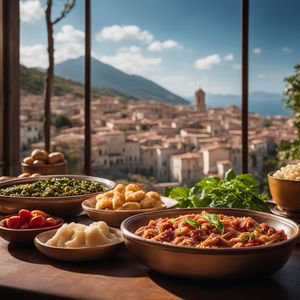
Abruzzese and Molisan cuisine
Savory, Earthy, Rustic, Hearty

Apulian cuisine
Fresh, Savory, Rustic, Simple
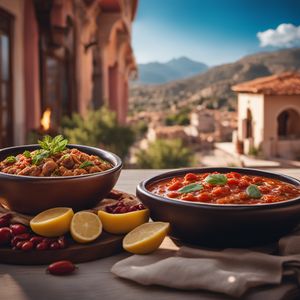
Arbëreshë cuisine
Savory, Tangy, Herbaceous, Spicy

Basilicatan (Lucanian) cuisine
Savory, Earthy, Rustic, Hearty
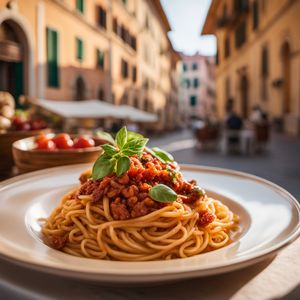
Ligurian cuisine
Light, Delicate, Herbaceous, Salty

Lombard cuisine
Rich, Savory, Meaty, Cheesy

Neapolitan cuisine
Bold, Savory, Spicy, Tangy, Fresh

Roman cuisine
Fresh, Light, Herbaceous, Tangy, Savory

